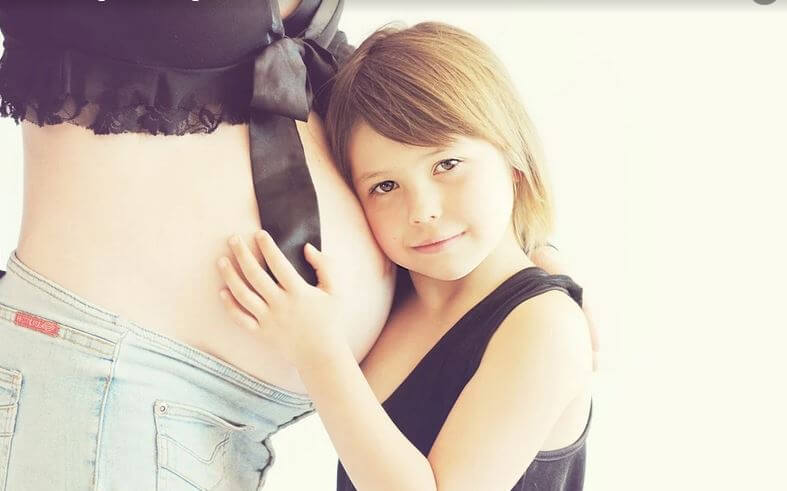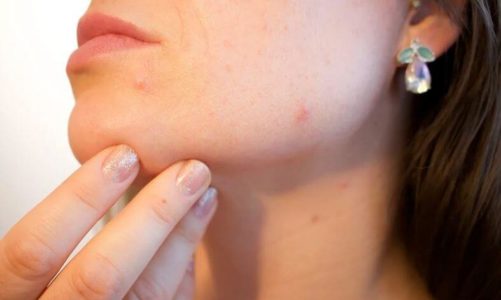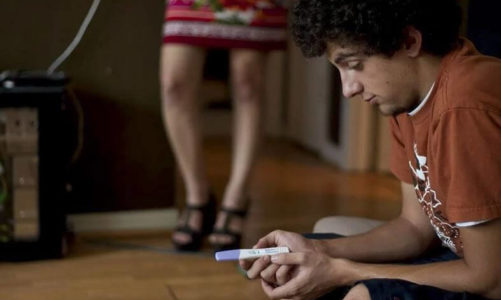The prevalence of autism and related pervasive developmental disorders has exploded in the past decade. Ten years ago one in about ten thousand children was diagnosed within the autism spectrum of disorders. Today, one in one hundred and sixty six is diagnosed. This staggering increase in the number of diagnosed cases has parents clamoring for ways to find signs of the disorder as early as possible.
Parents and pediatricians can use an autism checklist that outlines typical symptoms of the disorder that manifest themselves in sometimes insidious ways that are not always easy to detect. Some parents do not recognize that they are completing an autism checklist form when they visit their child’s doctor.
Some of the questions that the autism checklist addresses revolve around general social interactions. An autistic child does not respond to his name and seems to fall into staring spells. It can be very difficult to get his attention and he may even appear to be deaf. He may over react to some noises while completely ignoring others. This unresponsiveness to his environment is a tell tale sign of an autistic trait.
Communication is a key element in the condition as well. Part of the communication aspect of the autism checklist involves eye contact. Most children with this disorder tend to avoid eye contact. The child may even become agitated if you persist in trying to make eye contact with him.
Other more obvious communication deficits involve language development. Every autism checklist will include a section on language development. This is one of the biggest obstacles that a person with classic autistic traits has. Other pervasive developmental disorders like Asperser’s syndrome do not exhibit such language defects.
The autism checklist may ask if the child uses words to access wants and needs. A child with autistic traits tends to have difficulty forming words and he also will avoid pointing to objects. He also will not use gestures to communicate wants and needs as well.
Stereotyped movements that typically involve hand flapping and rocking are common among the autistic population. A good autism checklist will include the subject of such stereotyped movements as well as inappropriate laughing and odd play routines. For example the child may like to rewind a movie to a particular scene and jump up and down while it plays. He will immediately rewind back to the exact spot on the movie and repeat the routine endlessly.
Make sure that your child’s physician provides you with an opportunity to complete an autism checklist during one of your child’s visits even if your child appears to be normal. Many cases go undiagnosed until the age of three. Most are diagnosed around eighteen months. However, parents who complete an autism checklist have a better chance of knowing by the first year.
Autism Checklist Screening



